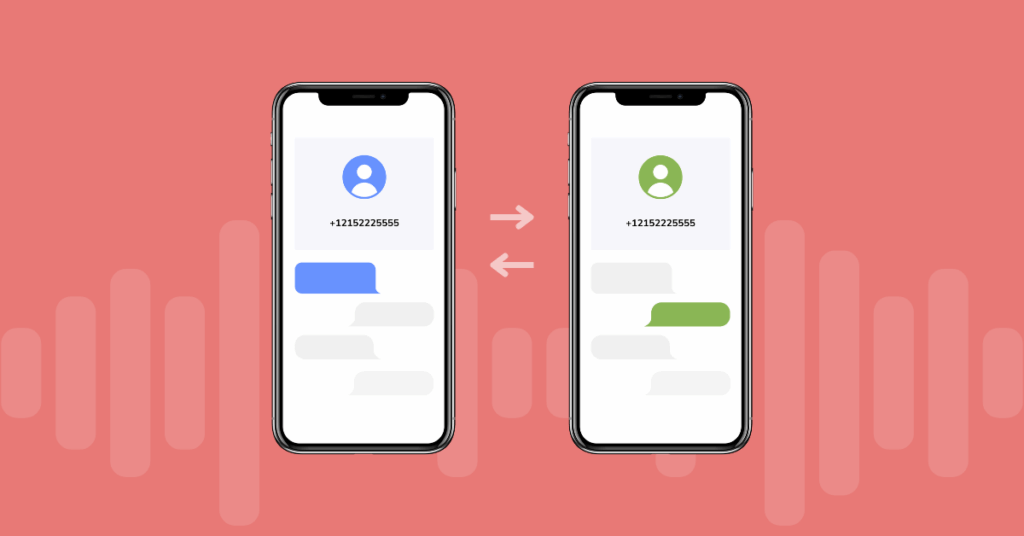
Table of contents
Hosted VoIP is still a very young industry, even though it feels like it has been around for awhile at this point. Compared to the PSTN based telephony industry that has been around for centuries, VoIP technology is very much a product of the 21st century. What started out as a way to make cheap long distance calls for a handful of people is now an essential business service.
One of the biggest advantages of using hosted VoIP is that you don’t have to sign annual or multi-year contracts. That will come as something of a relief for businesses that have been using the PSTN phone services for decades. Business owners and managers should be familiar with the typical phone contract – it’s long winded, filled with legalese and often contains terms that are unfavorable to businesses. But without competition, organizations didn’t have much choice.
But just because you don’t have contracts doesn’t mean you don’t have any agreements at all. Perhaps the most important one is the SLA or Service Level Agreement between the provider and client organization. So what exactly is an SLA and what does it mean for you?
Service Level Agreements – SLAs
An SLA is exactly what it sounds like. It’s an agreement between the vendor and their clients stating the exact terms of the service being provided. The SLA is crucial for many reasons, the most important of which is that it sets out the details of service availability.
Hosted VoIP is not a physical product that you can return if it breaks or doesn’t work properly. It’s a service that your business relies on to work. So what happens if that service is interrupted? This is where an SLA comes in. It contains various aspects of service availability including:
- Uptime/Downtime: How long will the service be available over a certain period of time? It is typically stated in terms of percentages like more than 99% etc.
- Calculation: The formula for calculating the service uptime is usually given
- Exclusions: What items are excluded from uptime calculations? Does scheduled maintenance count? What about unexpected downtime?
- Compensation: The process for filing a claim, the data needed to verify it, how much and what form the compensation will take and so on
- Other terms: Jurisdiction in case of legal action, additional conditions if applicable etc.
What is your SLA?
Now that you know what an SLA is, it’s time to take a closer look at your own. Beware any provider who doesn’t have an SLA and instead just says you shouldn’t worry about it. Statements and guarantees don’t mean much if they can’t be enforced. If the provider doesn’t have an SLA, they can easily claim more uptime than what clients actually experienced. Items that you thought should be included can be excluded and vice versa to arrive at the numbers.
So the first thing to watch for is that the provider actually has an SLA. Once you’ve verified that there is one, go through each item closely with the vendor. Make sure you understand the exact terms, verbiage used and how the numbers will be calculated for different purposes. Also pay close attention to the actual process of filing a claim and getting compensation.
VoIPstudio has a solid SLA that guarantees more than 99.999% uptime for clients. The SLA also covers all aspects of downtime, scheduled and unexpected maintenance windows, compensation levels, the complete process etc. There is no ambiguity in terms or conditions. We are proud of the infrastructure and service we provide and back it up with the SLA. You never have to worry about interruptions and even when something does go wrong, you know you can count on us.
But not all SLAs are clear and concise. Some providers intentionally make their SLAs with ambiguous terms and definitions that cannot be pinned down precisely. When you do experience any problem, you’ll find it difficult to get them to agree to anything. Never trust an SLA that states the vendor guarantees 100% availability. Under standard industry definitions, that number is impossible. You will find that such contracts will generally have so many exclusions that you can barely be sure if you had a service interruption or not.
One other common pitfall with SLAs is the actual process for claiming your credits. Some providers will insist on either a very short time frame or set out a process that takes too long. If you only have 6 hours to file a claim after a problem, most businesses will not be able to gather their data quickly enough. Similarly if the process of issuing a claim takes several months, some clients may not even bother. If you can avoid the most common pitfalls, SLAs can benefit all the parties involved.
Read this post in: Polski
More from the blog
Want to improve your business communication?
Unlock enterprise-class call center power at affordable prices – no hardware, no delays, no surprises!






